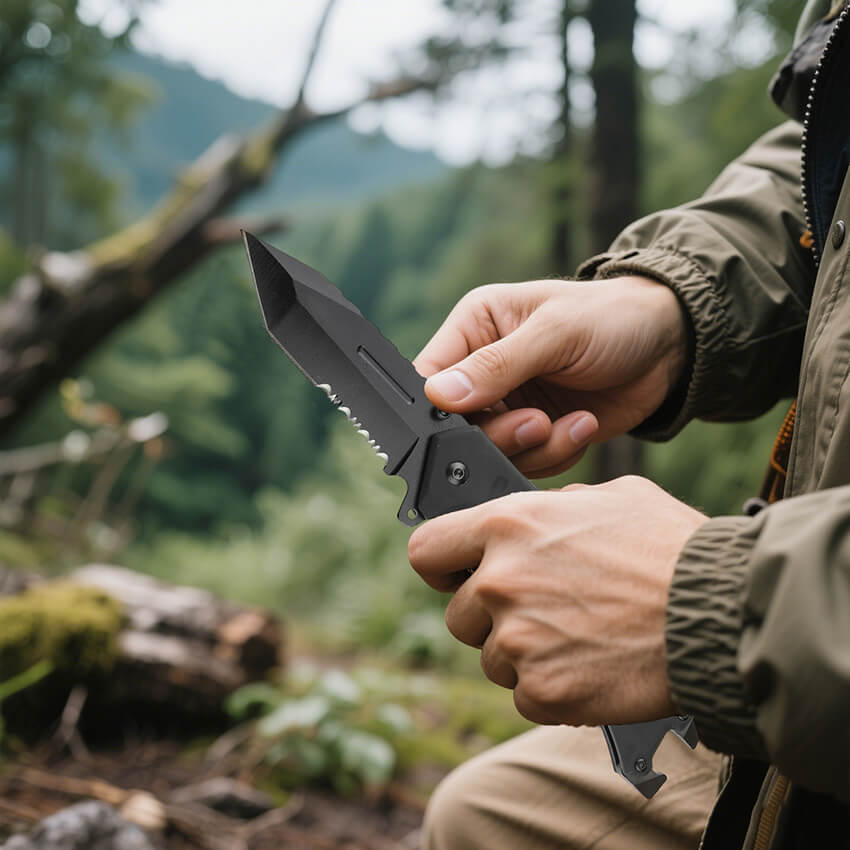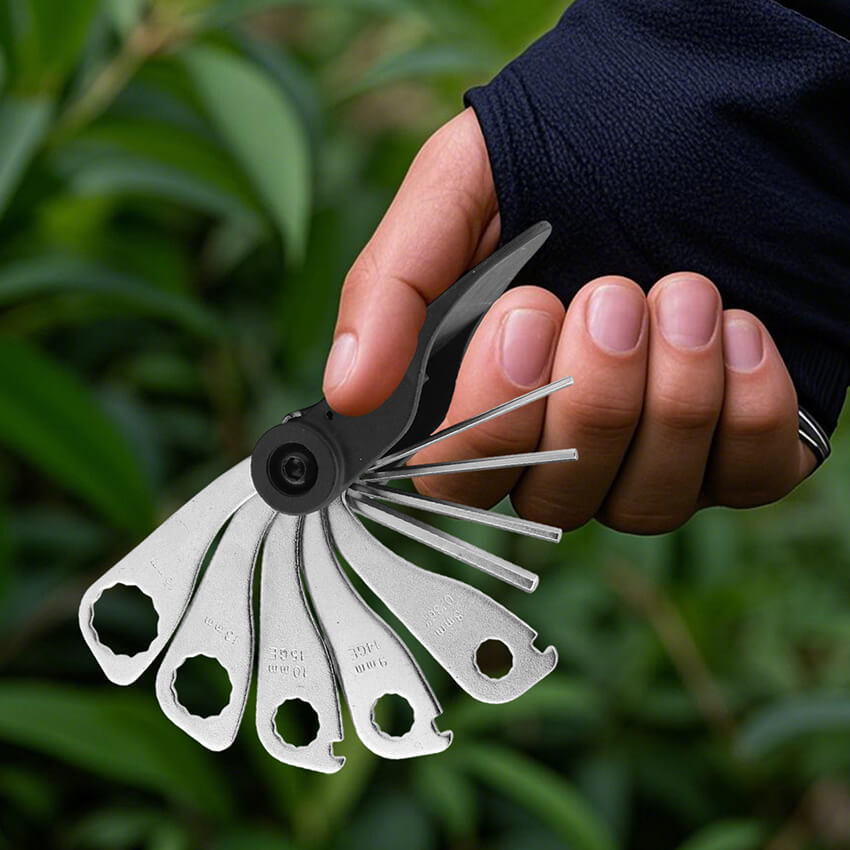![]() Windy
Windy
 WeChat
WeChat
 WhatsApp
WhatsApp
Click:250 seen
An exciting outdoor adventure trip cannot be carried out without meticulous preparation before departure. From route planning to material preparation, every step is crucial for the safety and experience of the expedition. Only by being proactive can risks be minimized while embracing nature. Next, we will introduce to you the necessary preparations and essential items before an outdoor adventure.
I. Pre-departure Planning and Information Collection
(1) Determine the destination and type of adventure: Is it mountain climbing, hiking, camping, or wilderness survival experience? Different types of adventures have significant differences in equipment and skill requirements. After selecting the destination, plan the route in detail using professional outdoor maps, marking key locations, supply points, and shelter locations. Also, learn about the local terrain and determine if there are dangerous areas such as cliffs, swamps, or rivers, and plan alternative routes.
(2) Understand the weather and environmental conditions: One week before departure, closely monitor the weather forecast for the destination. Besides temperature and precipitation, pay attention to extreme weather warnings such as heavy rain, strong winds, and cold waves. Also, understand the local ecological environment, such as whether dangerous wild animals are present and which plants are toxic and should not be touched, to prepare protective measures in advance. If going to high-altitude areas, also need to learn about altitude sickness knowledge and reserve adaptation time.
(3) Inform others of the itinerary plan: Inform family or friends of the detailed itinerary plan, including the route, expected departure and return times, and information about the companions. If possible, keep in contact with family at fixed times each day. In case of special circumstances changing the itinerary, notify them promptly to ensure quick rescue in case of danger.

II. List of Essential Items
(1) Basic Equipment
- Backpack: Choose a backpack suitable for the duration and weight of the trip. For short-distance hiking, 30 - 40 liters are suitable; for multi-day camping, 50 - 70 liters are appropriate. The backpack should have a good carrying system to reduce pressure on the shoulders and waist.
- Tent and sleeping bag: Choose a suitable tent (such as waterproof and windproof type) and sleeping bag (with a temperature rating that matches the lowest temperature in the local area) based on the season and environment. If in a cold area, also bring a moisture-proof pad to isolate cold from the ground.
- Hiking shoes: A pair of professional hiking shoes can provide good support and slip resistance, protecting the feet from injury. New shoes should be tried on and broken in before use to avoid blisters.
(2) Tools and Instruments
- Outdoor knife and multi-tool: The outdoor knife can be used for chopping, processing prey, and making tools; the multi-tool (such as Swiss Army knife, utility shovel) integrates various functions to deal with various emergencies.
- Navigation tools: Carry a compass and paper map, even if electronic devices run out of power, you can still identify directions. If possible, equip with a GPS locator or satellite phone to ensure communication in areas without signal.
- Lighting equipment: Headlamps and flashlights are essential lighting tools. Choose products with long battery life and high brightness, and carry spare batteries.
(3) Clothing and Protective Equipment
- Layered clothing: Follow the "three-layer clothing method", the inner layer should be quick-drying and sweat-wicking clothing, the middle layer should be warm (such as fleece or down jacket), and the outer layer should be windproof and rainproof (jumper, raincoat). Adjust the clothing as the weather changes.
- Protective equipment: Wear a sun hat, sunglasses, gloves, knee pads, etc., to prevent sunburn, abrasions; carry mosquito repellent, sunscreen, disinfectant wipes, etc., to protect against mosquitoes and maintain personal hygiene.
(4) Food and Water
- Food: Prepare high-calorie, easy-to-store, and lightweight food, such as compressed biscuits, beef jerky, nuts, energy bars, etc. If planning to cook in the wild, carry a portable stove, gas tank, and simple utensils. Drinking water: Based on the duration of the trip and the availability of local water sources, carry sufficient drinking water. If natural water sources need to be accessed during the journey, equip yourself with water purification devices (such as water purifiers, water purification tablets) to ensure water safety.
(5) First Aid Kit
The first aid kit should contain common medicines such as band-aids, disinfectant cotton swabs, bandages, tourniquets, fever-reducing medicine, cold medicine, stomach medicine, anti-allergy medicine, as well as a simple first aid manual. Before the trip, learn basic first aid knowledge, such as cardiopulmonary resuscitation and wound dressing, so that you can save yourself and others in critical situations.

Ⅲ. Skills and Psychological Preparation
(1) Learning Outdoor Survival Skills
Master basic outdoor survival skills, such as setting up tents, identifying directions, finding water sources, and using outdoor tools. Through participating in outdoor training courses, watching instructional videos, or reading related books, enhance your survival skills. At the same time, learn some basic outdoor knowledge, such as how to judge weather changes and identify dangerous animals and plants.
(2) Maintaining Good Physical and Mental Conditions
Outdoor exploration requires high physical and endurance capabilities. Before departure, conduct appropriate physical training to enhance your physical fitness. Additionally, maintaining a positive and optimistic mindset is also important. When facing unexpected situations, remain calm and avoid being affected by tension or anxiety, which may affect your judgment and actions.

